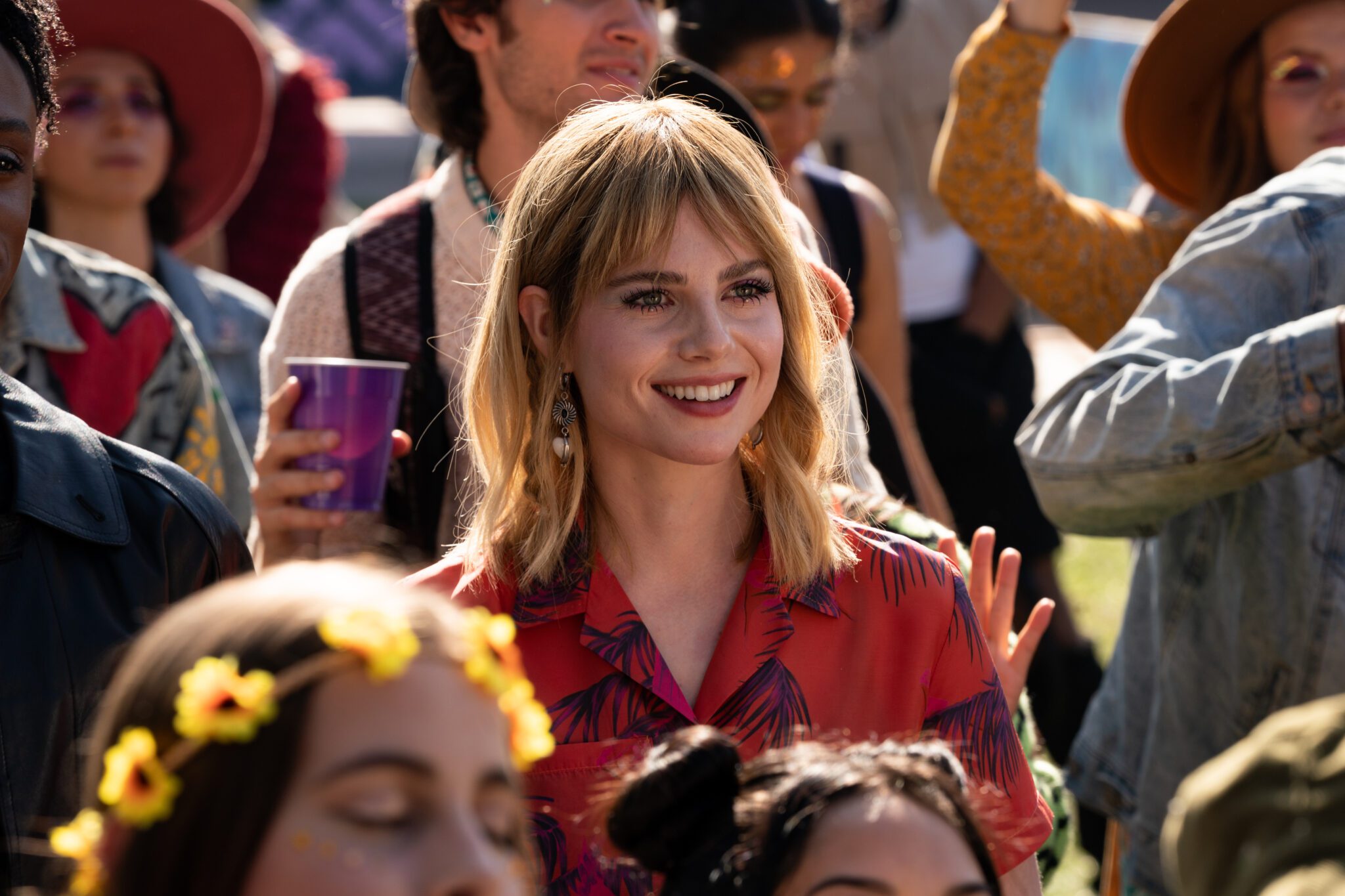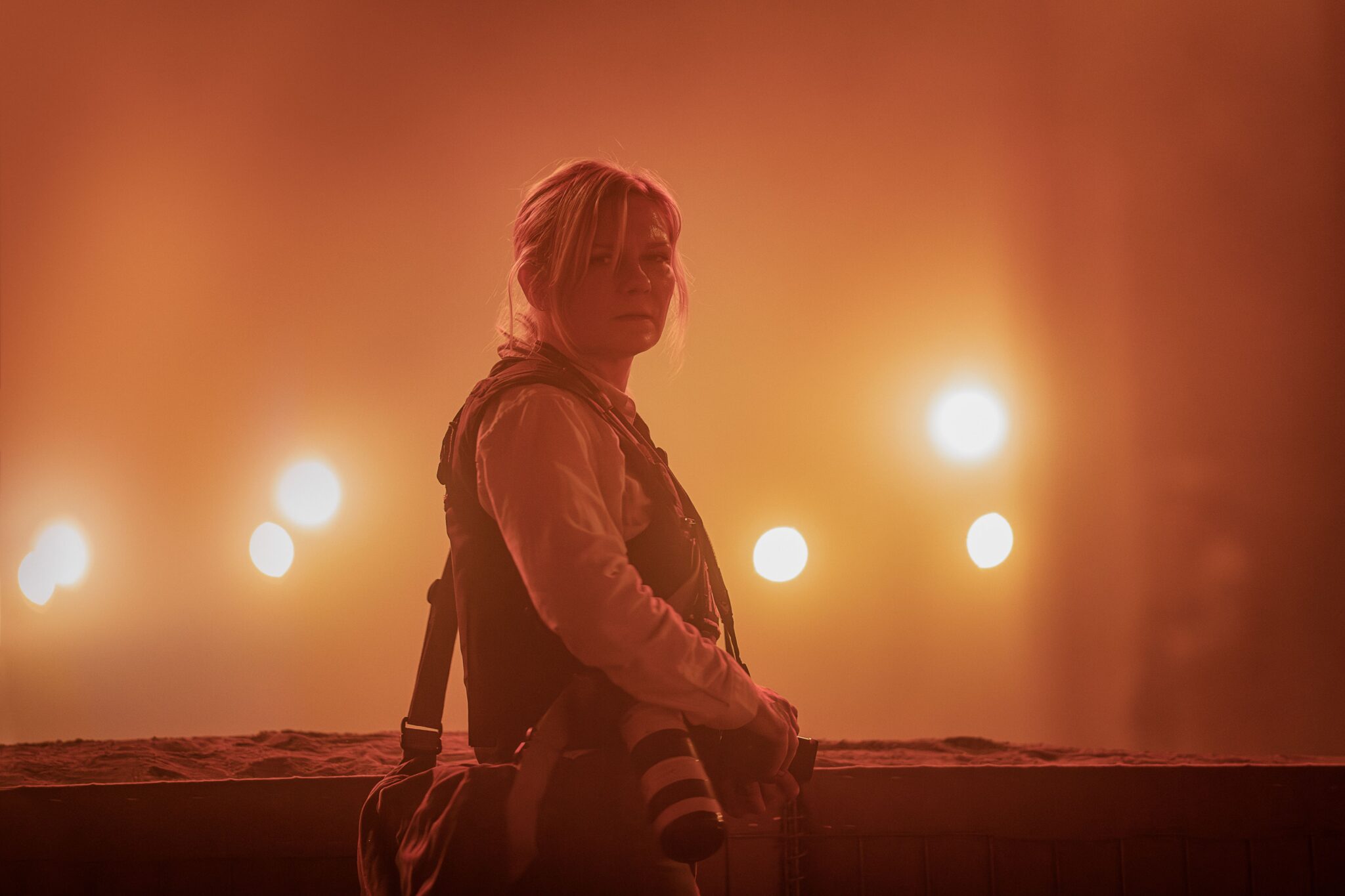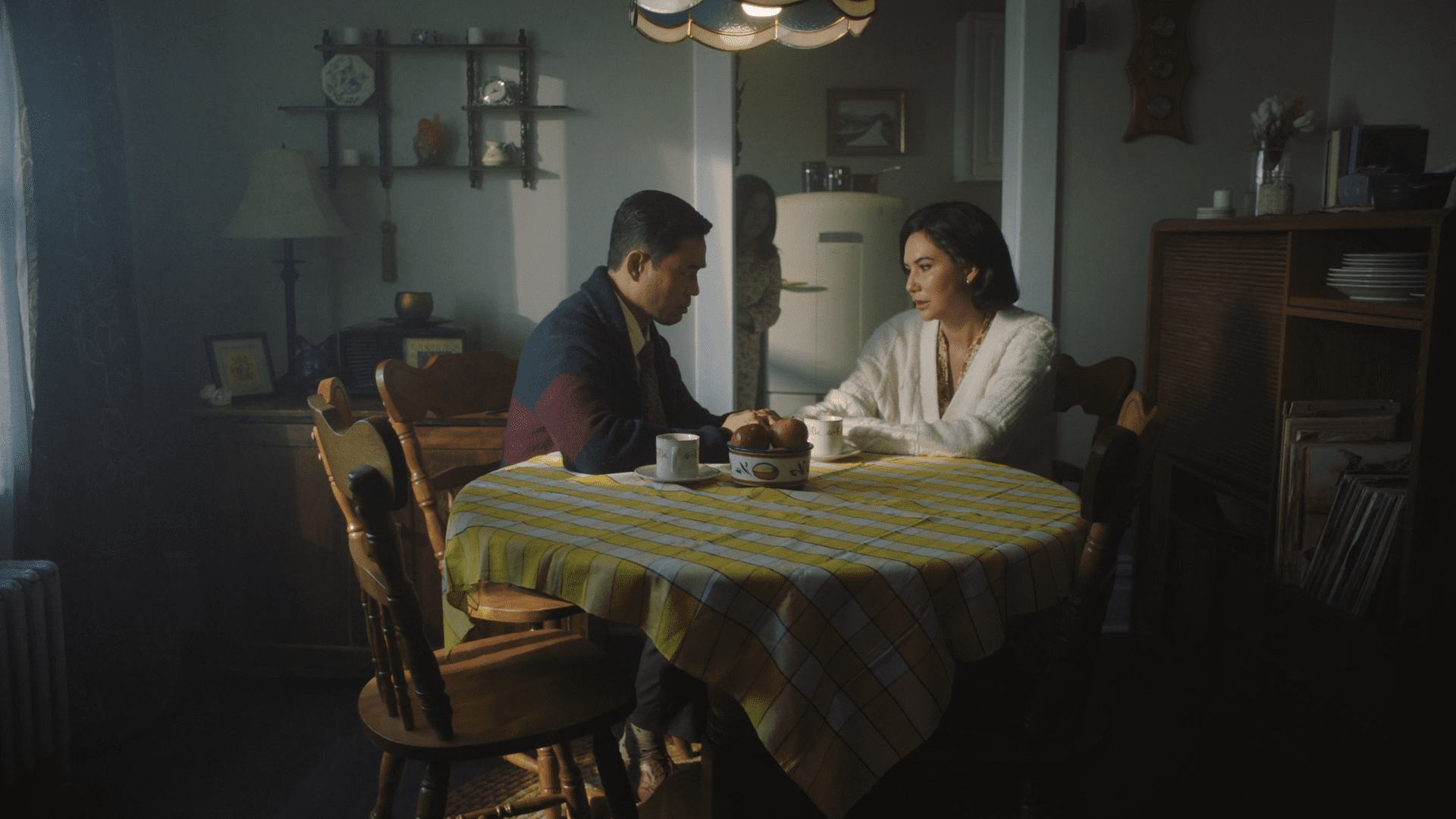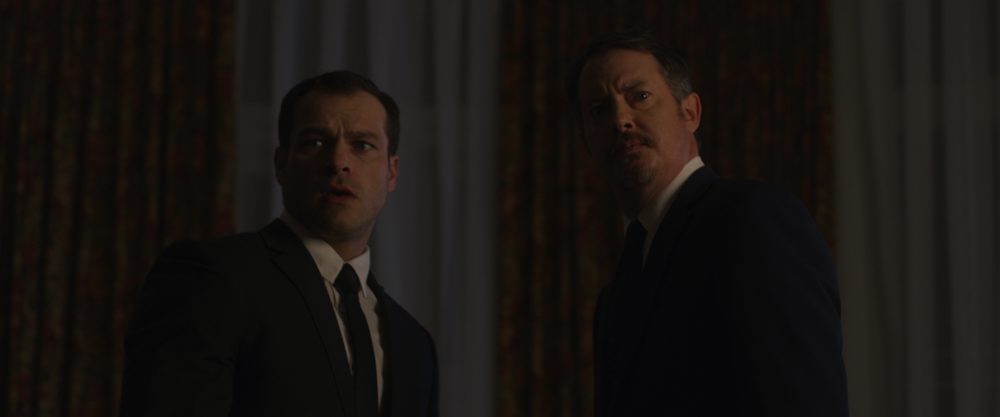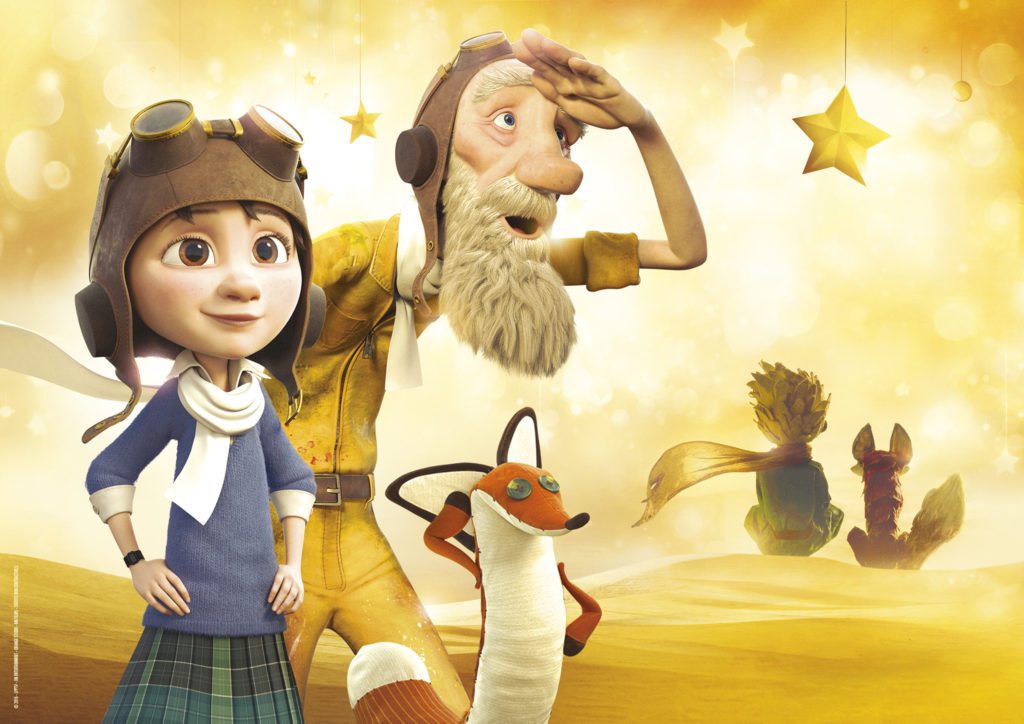 ?Growing up isn?t the problem. Forgetting is.?
?Growing up isn?t the problem. Forgetting is.?
Childhood is meant to be a magical time when play and exploration are the ?work? a child should be about. But more and more, some children are being pushed to achieve just as adults are. In The Little Prince a girl who is being groomed for the ?right? school by her mother is living a very organized and regimented existence?until her possibly mentally unbalanced neighbor opens her eyes and her heart to another way of seeing things.
If the title sounds familiar, it?s because this is an adaptation (or sorts) of the well-loved children?s book Le Petit Prince by Antoine de Saint-Exup?ry. However, the Saint-Exup?ry story is a story within the bigger story in this film. But it is also the engine that drives the larger story.
The world of this story is one of efficiency where everything is valued according to what it can add to the bottom line. It is a very mathematics oriented world. We hear news in the background that is all in some way about numbers and productivity. That seems the only thing that matters in the world?what can be seen and measured. Even when The Girl (voiced by Mackenzie Foy) is doing her constant studying it is always some form of math. She is being prepared to be another cog in the machine of this world.
But her house is next door to an old, wildly-bearded Aviator (Jeff Bridges). One day he sends her a paper airplane with the beginning of his story about The Little Prince who came to earth from an asteroid and taught The Aviator the importance of things that cannot be seen. (Fans of the Saint-Exup?ry story may know that Saint-Exup?ry was an aviator.) Slowly The Girl warms towards him and begins a friendship that leads her away from her books and into a world of imagination. Essentially she is being lured away from business school to instead study the humanities. (That is a tension that is very real?not only in higher education, but even in the ways we approach childhood education.)
Stylistically the film is divided by two forms of animation. The story of The Girl and The Aviator is done in CG animation, while the story of The Little Prince (which comes from the original book) is done in stop-motion animation. That works very well to remind us of the two worlds the film is living in.
What matters in this film are relationships: The Girl and The Aviator, The Aviator and The Little Prince, The Little Prince and a fox, The Little Prince and a rose. These relationships are based not in what one can get from another, but the joy and love that can be shared?not in anything that can be measured, but that only be seen with the heart. As we learn at one point, ?It is only with the heart that we can see rightly.?
That means not only love, but also faith. When The Aviator speaks of what became of The Little Prince, The Girl wants to know how he knows The Prince is among the stars. How can he be sure? He responds, ?It would comfort me very much to know for sure. But I choose to believe that he?s up there.? That, for me, speaks far more clearly than the historical creeds of the church.
This is a film that speaks of many deep things: the bottom line and its immeasurable spiritual cost, love and loss, the joy of childhood that we so often forget, and life and death and life after death. Yes, it?s a children?s story. Yes, it?s animated. And yes, it may make you want to be a child again. Hopefully, you?ll remember how to do that.
The Blu-ray edition includes the making of featurette and the music video of “Turnaround” by Camille.?


